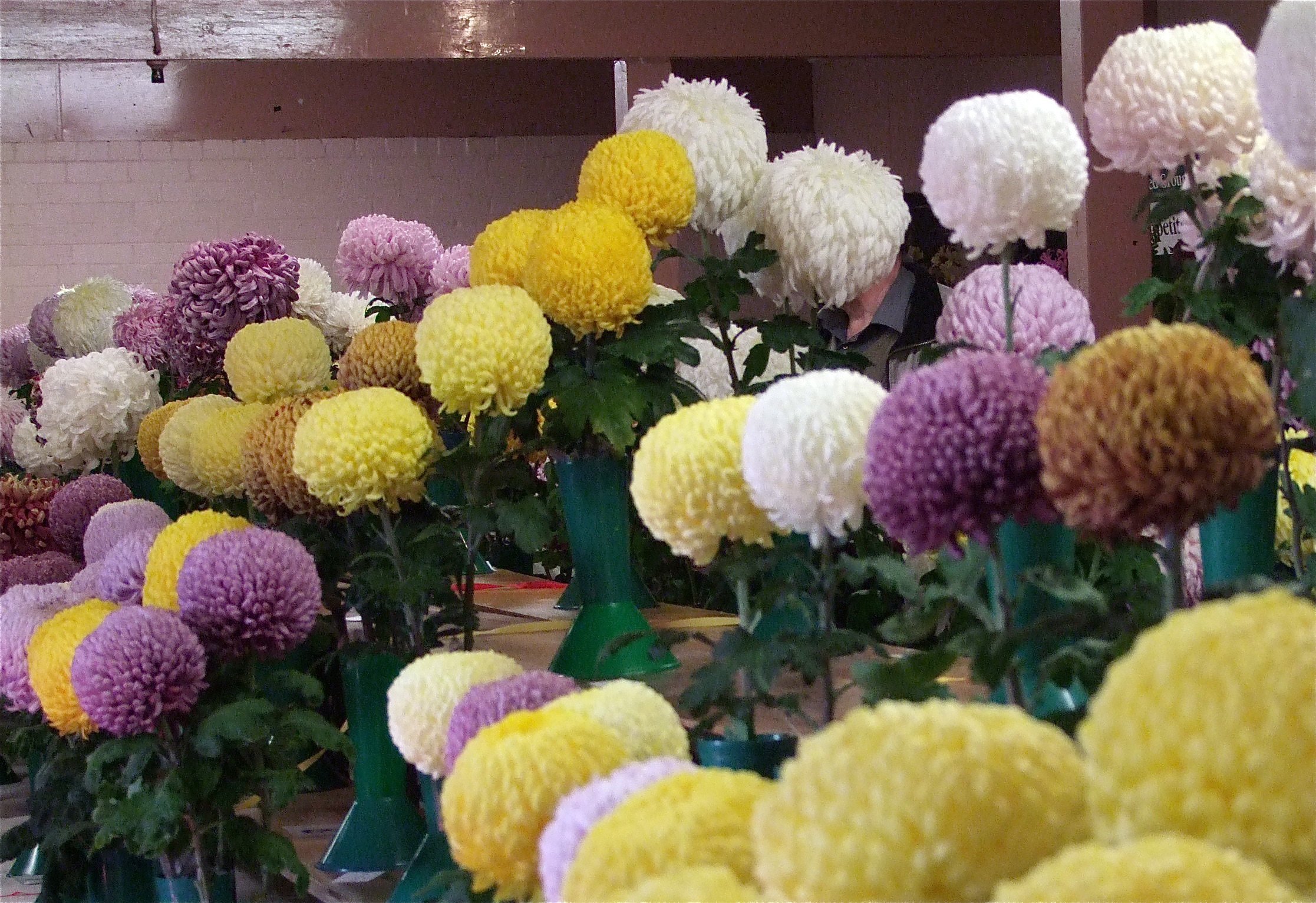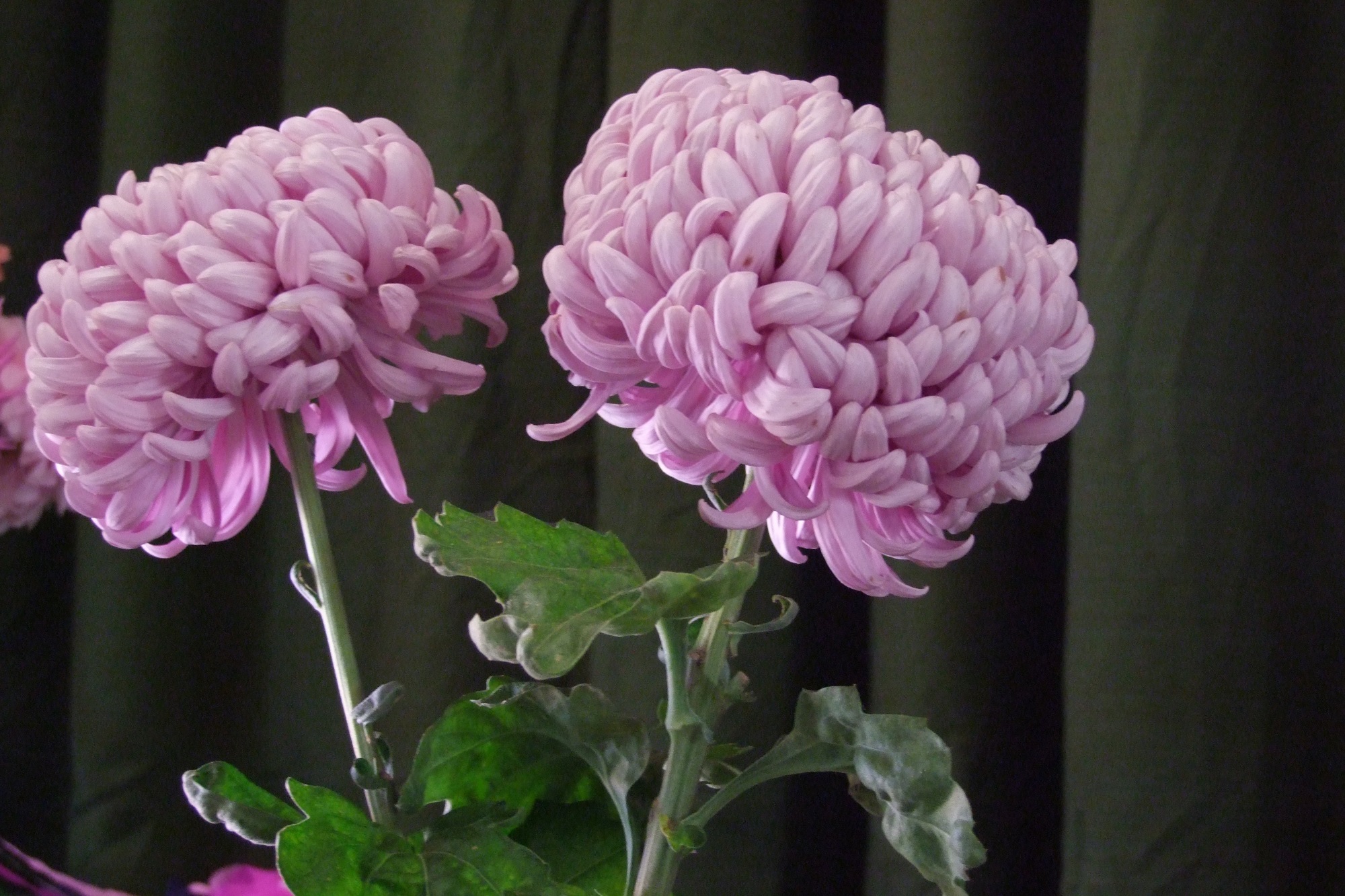
It seems a bit indecent to be writing about autumn flowers when we haven’t got to spring - but if you want really good chrysanthemums, this is the time to get started.
They’ve been popular in Otago and Southland since the early days of European settlement, with a Clutha Leader writer describing them in 1877 as ‘‘one of the finest autumn flowers’’ they had.
Shows in Oamaru in 1916 and Dunedin in 1917 illustrated the best of the chrysanthemums of the day. At the latter show, Dunedin nurseryman H. T. Trevena was a winner with a shaggy-headed pink ‘‘Meudon’’ bloom.
He repeated this success in the early 1920s, exhibiting as many as 18 different varieties in one class and winning premier exhibit in 1923 with a bloom of then popular ‘‘Edith Cavell’’, a bronze incurved beauty still appearing in shows and a winner in Oamaru in 2016.
Those bronze tones, evocative of autumn, have always been popular, but ‘‘chrissies’’ or ‘‘mums’’ come in a wide colour range - white, yellows from palest lemon to deep gold, soft pink to deep maroon, apricot and even green. Two-toned flowers are frequently seen, too.
Shapes are as varied, with tiny pompons 1cm across, spiky spiders or quills, daisy-like singles, sprays with numerous blooms on a stem, anemone-centred specimens and showy balls with incurved petals and heads 15cm or more across.

Deadheading keeps them performing until the first frosts.
Named show varieties are best obtained from a specialist grower, as garden centres tend to concentrate on selling potted chrissies intended for short-term displays.
By breaking up these - each container may have half a dozen plants to give the massed display - you can keep them going for years.
Because these chrysanthemums are usually treated to keep the plants compact, when you move them from pot to garden, expect heights of 60cm to 1m or more.
Over the next month or so, cuttings can be taken from existing plants as new shoots appear.


Serious growers sneer at those who, like me, take new, little rooted bits off existing plants.
I’ve never worked out why they are so disparaging about what they call ‘‘Irishman’s cuttings’’, but maybe they get more impressive show specimens their way.
Cuttings are popped into containers of rich soil to which river sand and a dash of lime have been added.
When they are about 10cm tall and well-rooted, move the little plants into the garden or bigger pots to develop.
Chrysanthemums are not too fussy about soil, as long as it is rich and well-drained, and kept moist during the growing season. They do like a sweet soil, so adding lime keeps them happy.
For showier blooms and for exhibition, larger-flowered varieties are disbudded, leaving a single bloom to a stem. This can be done by nipping out all except the central top (‘‘crown’’) bud. Alternatively, if the crown bud is damaged, take out all but one of the secondary buds.

Two common diseases hit chrysanthemums.
Powdery mildew (Oidium chrysanthemi) gives leaves a dusty, grey look. Dust with sulphur powder, keeping it off the flowers.
Brown rust (Puccinia chrysanthemi), most common in warm, wet conditions, causes yellowish spots on leaves with brown spore-carrying spots underneath. Watering at the base of plants helps keep it at bay, while a fungicide spray gives control. Copper-based sprays can be used in spring, too.
The main insect pests are likely to be aphids in spring.
Lasting a month or more in a vase, chrysanthemums are a joy when little else looks as good, and offer a great autumn showing opportunity.

On show
The South Island National Chrysanthemum Show, held in conjunction with the Dunedin Horticultural Society’s autumn show, will be held at the St Kilda Bowling Club, Dunedin, on May 4 and 5, next year.












